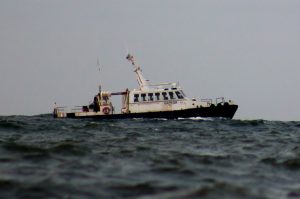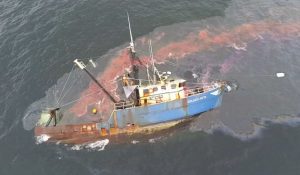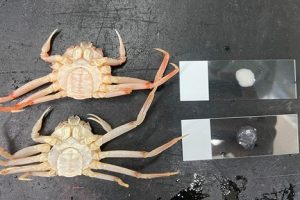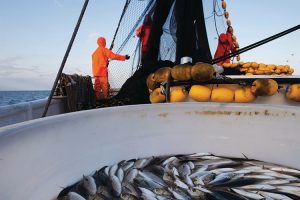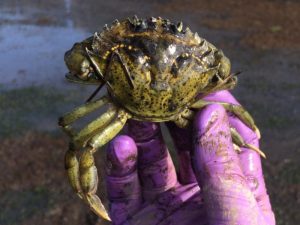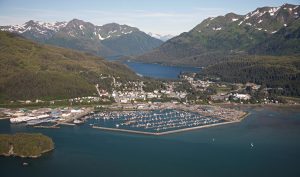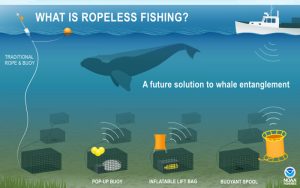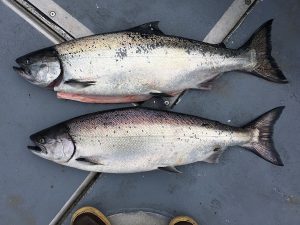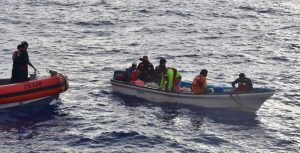Snow Crab Population Collapse Linked to Energy Depletion During Marine Heatwave
 A recent study has revealed key insights into the dramatic drop in eastern Bering Sea snow crab populations during 2018–2019, marking one of the largest ever recorded marine mortality events. Led by NOAA Alaska Fisheries Science Center biologist Erin Fedewa, the groundbreaking study examined energy reserves in snow crabs before, during, and after this catastrophic decline, offering both explanations for the collapse and hope for recovery.
A recent study has revealed key insights into the dramatic drop in eastern Bering Sea snow crab populations during 2018–2019, marking one of the largest ever recorded marine mortality events. Led by NOAA Alaska Fisheries Science Center biologist Erin Fedewa, the groundbreaking study examined energy reserves in snow crabs before, during, and after this catastrophic decline, offering both explanations for the collapse and hope for recovery.
The research team developed an innovative approach to monitor crab health by measuring energy reserves stored in the hepatopancreas, a specialized organ combining liver and pancreas functions in crabs. This method proved crucial in identifying why billions of snow crabs disappeared from Bering Sea waters. Researchers found that young crabs suffered from starvation due to unusually warm seas and crowded populations competing for scarce food.
The research offers fresh perspectives on what snow crabs need from their habitat. Findings reveal that snow crabs, which typically live in the cold pool of the Bering Sea at temperatures below 2°C, actually require water colder than 0°C to preserve the energy they need to survive. Scientists noted that a marine heatwave added extra stress, since higher temperatures raised the crabs’ metabolic rates while reducing their available food and habitat. These combined factors left many crabs without enough energy to live. The drop in numbers was especially severe among juvenile crabs, threatening the long-term health of the fishery.
 Maritime Injury Law Blog
Maritime Injury Law Blog


